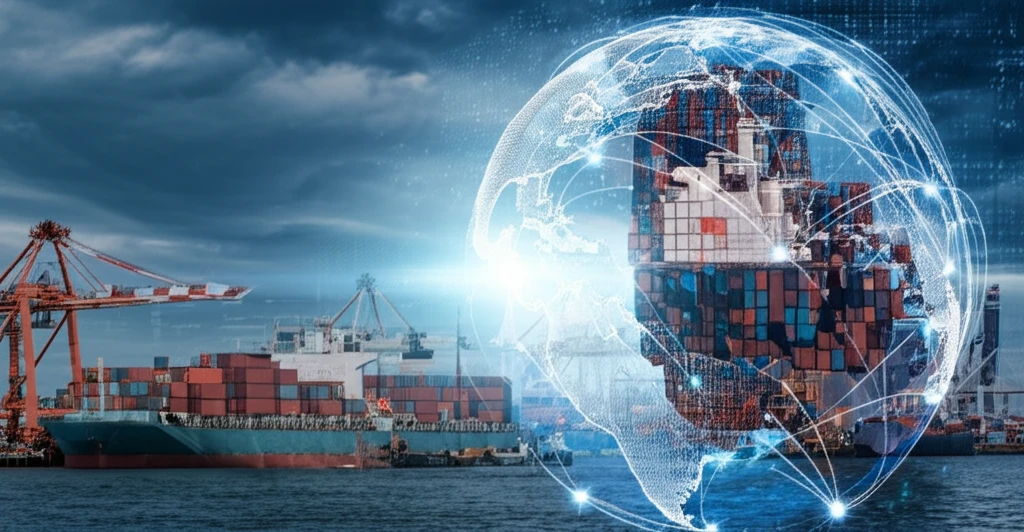
Navigating the Seas of Trade: Understanding Container Shipping Economics
"Unlock the secrets of the container shipping industry: Explore freight rates, trade dynamics, and the impact of historical events shaping global commerce."
Container shipping is the backbone of global trade, quietly revolutionizing how goods move around the world. From electronics to apparel, a significant portion of international commerce relies on these standardized metal boxes traversing oceans and continents.
Understanding the economics of container shipping is crucial for businesses, policymakers, and anyone interested in the inner workings of global supply chains. The industry's dynamics—influenced by freight rates, shipping quantities, and the prices of new and used vessels—reveal the intricate balance between supply, demand, and geopolitical events.
This article explores the key economic factors shaping the container shipping industry, drawing on historical data and expert analysis to provide insights into its past, present, and future. From the impact of shipping cartels to the role of technological innovation, we'll unpack the forces driving this essential sector of the global economy.
Decoding the Data: Key Metrics in Container Shipping

Analyzing the container shipping industry requires a close look at several key metrics that reflect its overall health and performance. These include:
- Shipping Quantities: The volume of goods transported via container ships, indicating trade flows and economic activity.
- Newbuilding Prices: The cost of constructing new container vessels, reflecting shipbuilding capacity and expectations for future demand.
- Secondhand Prices: The market value of used container ships, providing insights into the industry's investment climate.
- Scrap Prices: The value of retired container ships sold for scrap metal, reflecting the overall condition of the global fleet.
Charting a Course for the Future: Challenges and Opportunities
The container shipping industry faces a complex array of challenges and opportunities in the years ahead. From adapting to evolving trade patterns and geopolitical uncertainties to embracing technological innovation and sustainable practices, the industry must navigate a dynamic and ever-changing landscape. By understanding the economic forces at play and anticipating future trends, stakeholders can position themselves for success in this vital sector of the global economy.
